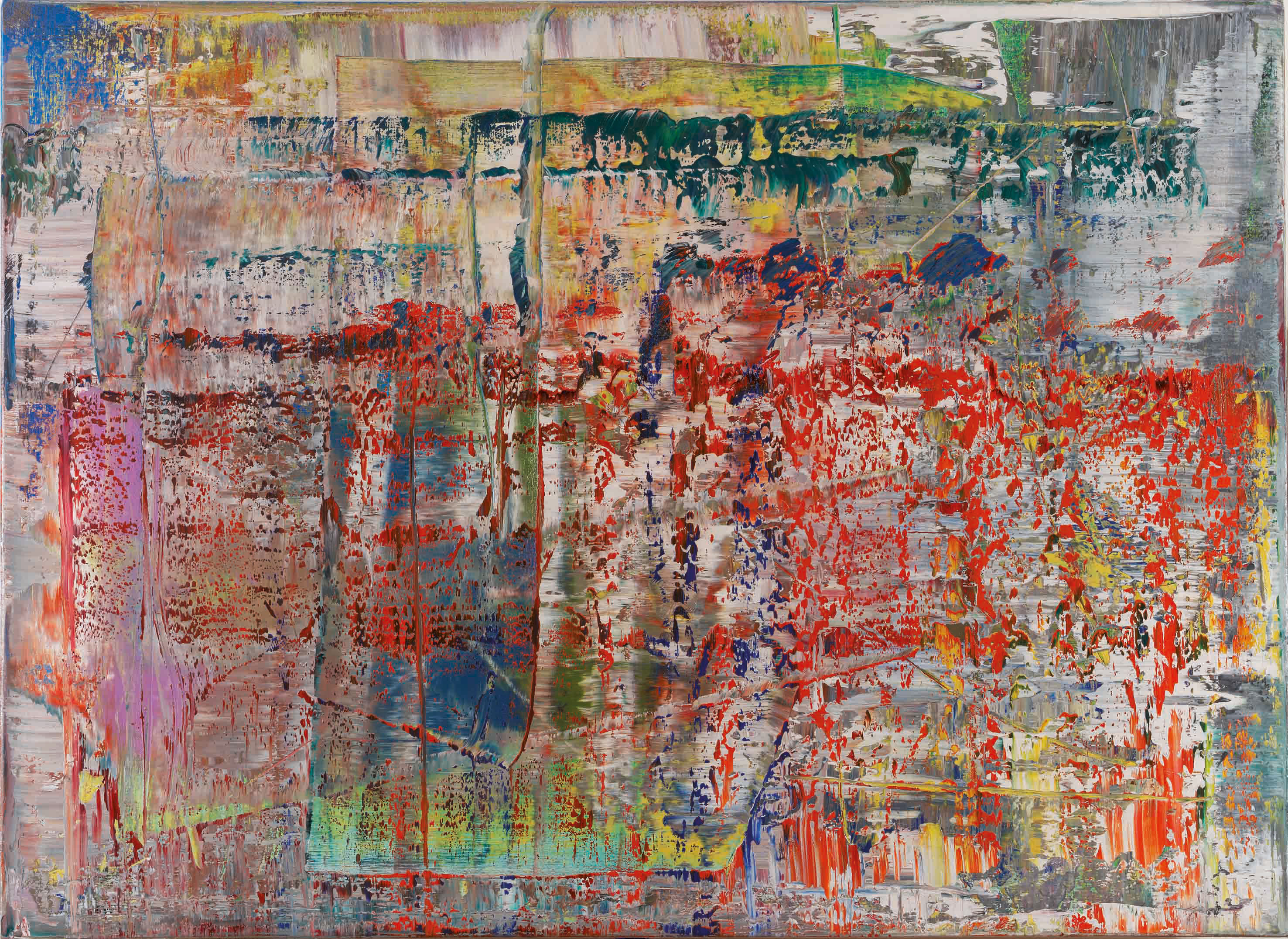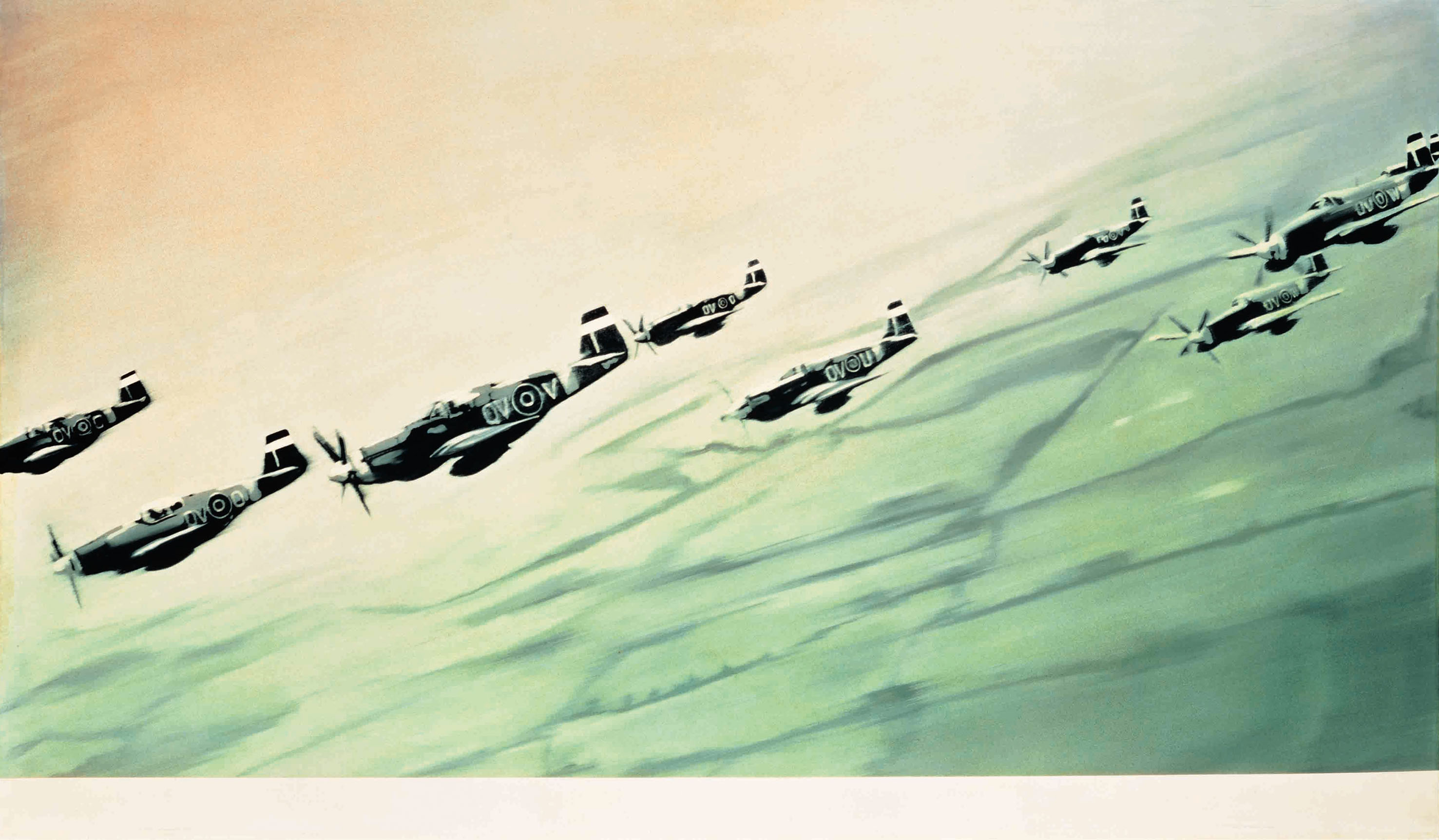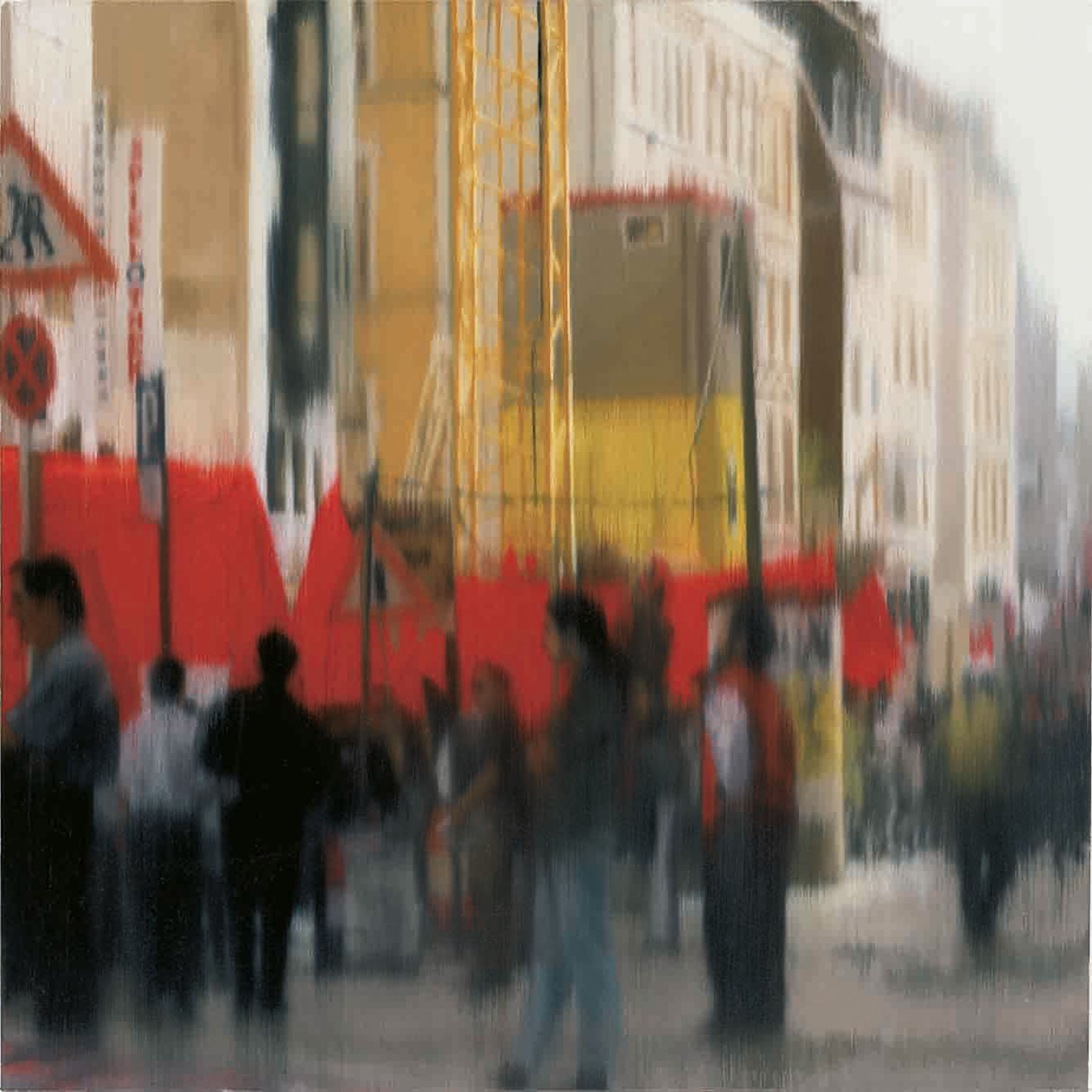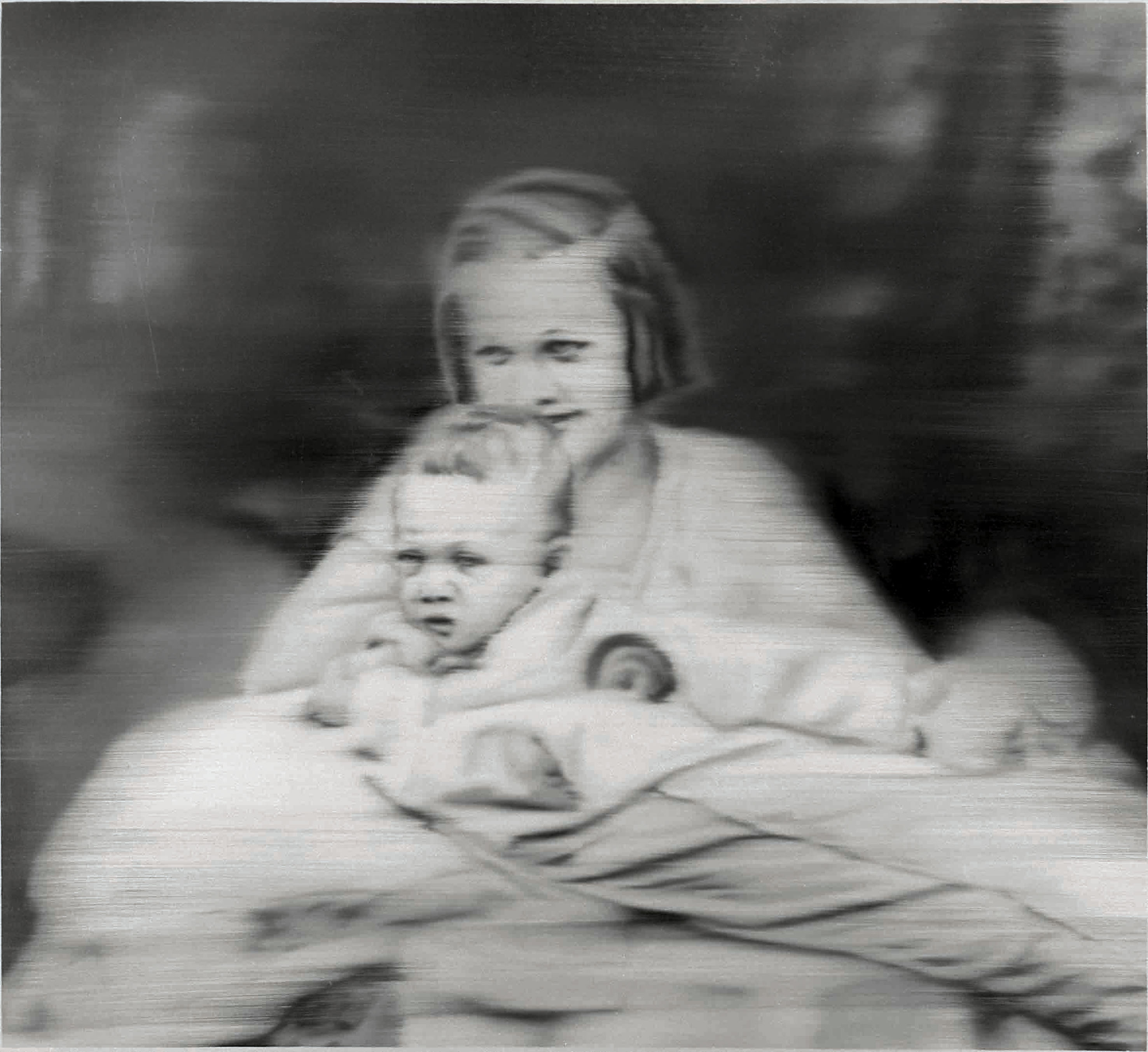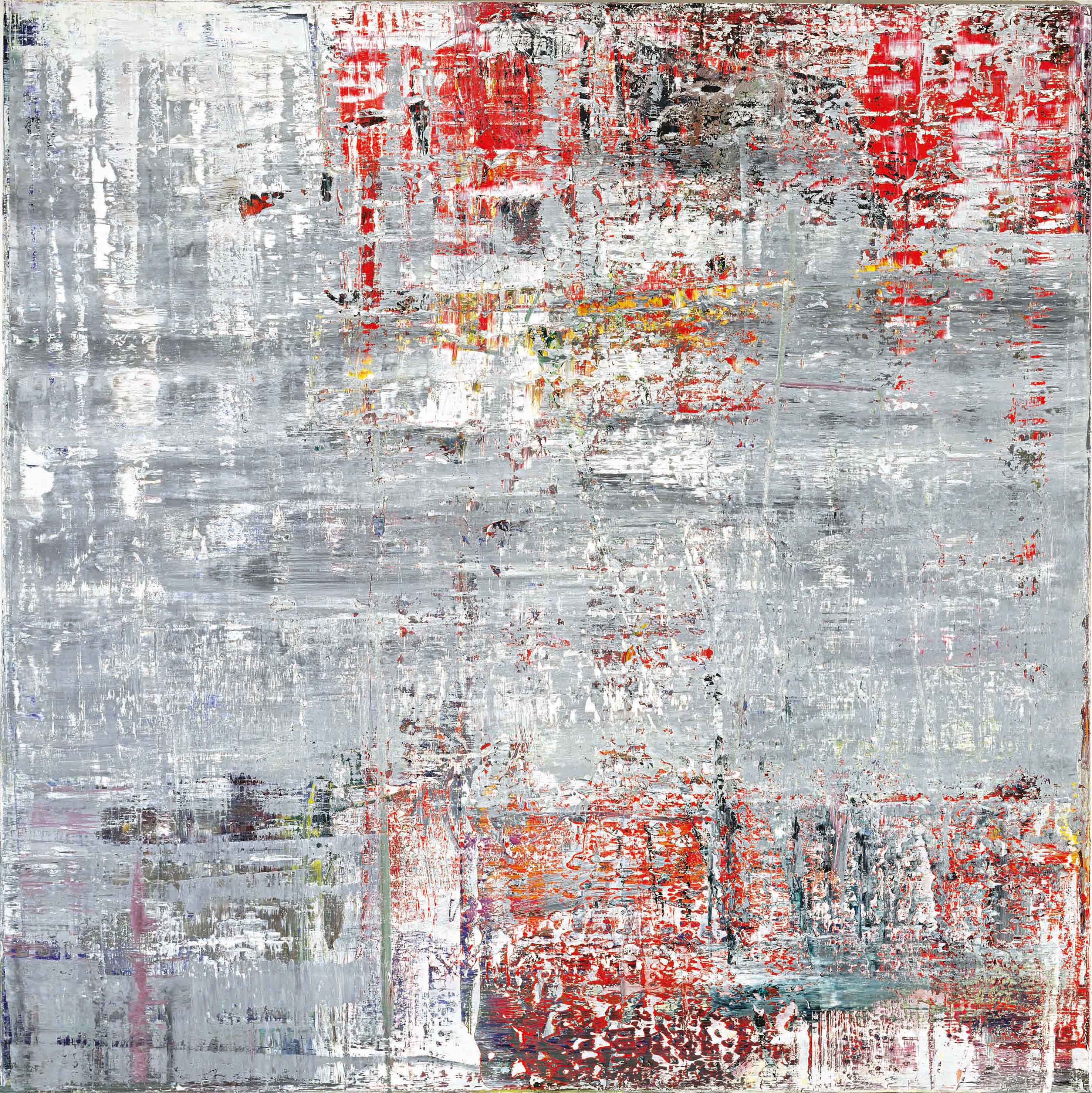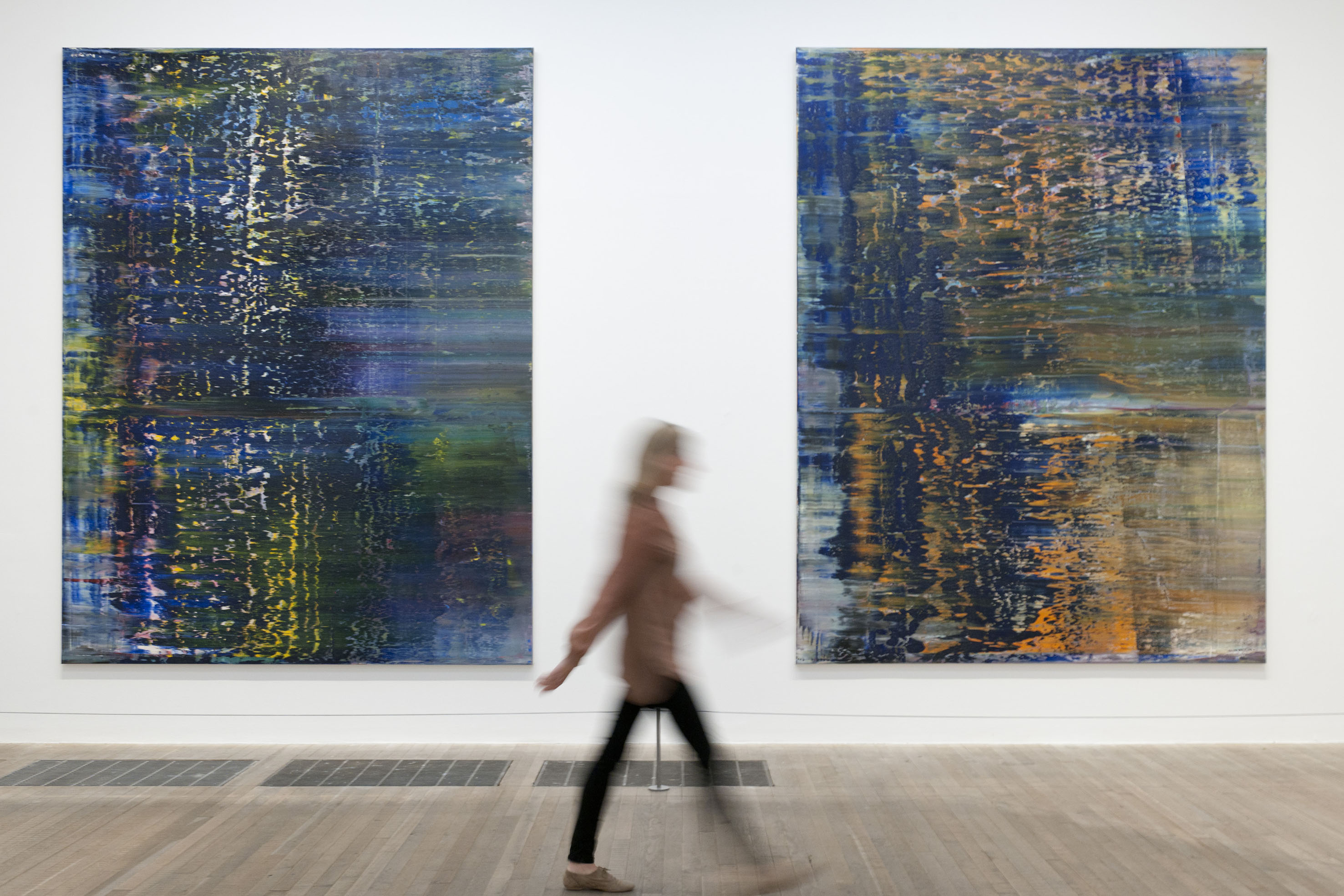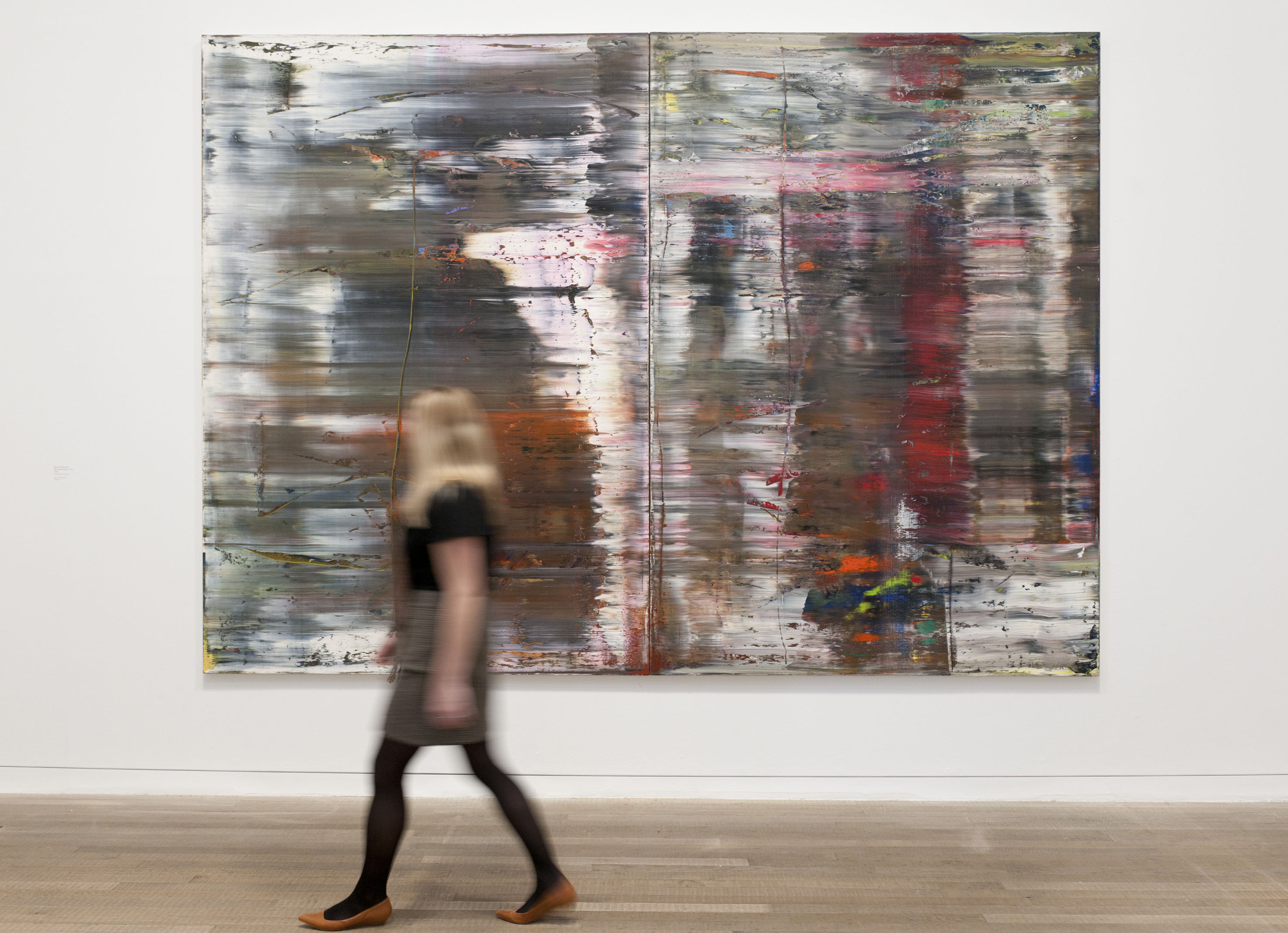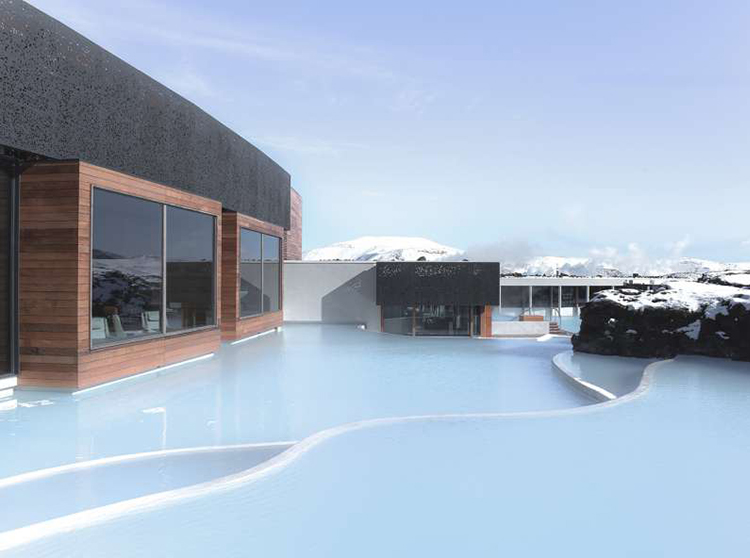A few months shy of his 80th birthday and today Gerhard Richter is being celebrated as the greatest painter of our time with an impressive retrospective at the Tate Modern in London. Curated by Nicholas Serota with Mark Godfrey and Amy Dickson, this retrospective aptly named ‘Panorama’ is planned out chronologically, covering 50 years of creation and showcasing Richter’s amazing breadth of technique, style and intellectual pursuit.
Richter was born in East Germany in 1932, and at the age of 29 he defected and fled to Dusseldorf. Around the time he was settling in the West and art was moving towards abstraction, Richter was embracing figuration. He began reproducing photographs from his past, blown up in scale, but still in black and white, while struggling with perceptions of history and memory. After an experimental painting where he depicted a table and then proceeded to erase the image by rubbing it with solvent (Table, 1962), Richter began blurring his images by driving a dry brush across the surface of his paintings. Perhaps a commentary on the futility of memories or a contemplation on the act of remembering and forgetting, Richter developed a technique with which he explored different themes: from coming to terms with Germany’s Nazi past (Uncle Rudi, depicting an uncle of the artist in Wehrmacht uniform) and commenting on current affairs (18 October 1977, referring to the Baader Meinhof group’s suicides) to breaking down the aesthetics of the future.
In the 80s Richter took a plunge into abstraction; a plunge that was prefigured in his Grey Paintings and his exploration of colour theory with his Colour Charts. He produced large scale canvases and developed the squeegee technique. Constantly shifting between figuration and abstraction, his work is not only conceptual through abstraction, but also through the realistic representation of burning candles, green pastures, familiar faces. He is as well known for his Abstraktes Bild as for his Kerzen pictures. And he still paints photographs in black and white, portraits of his family and landscapes from his childhood, alongside his monumental Abstracts.
Sitting in front of a Richter Abstract is an overwhelming experience. The Abstracts are generally big and they hit you as you try to take them in. Layer upon layer of colour form an intricately thick wall that stands between you and Richter’s mind. Because it is an intellectual exercise contemplating a Richter. It is never easy. And to borrow the artist’s words they are not meant to make one feel comfortable; they are loud, and therefore not so easily overlooked.
In the film Gerhard Richter Painting, screened on the first week the show opened at the Tate, Corinna Belz follows the artist in his studio and around openings and curatorial meetings. The best moments of the film are the ones where Richter is shown moving a brush across the canvas; a simple, mesmerising movement. He is shown sifting through stacks of the now familiar photographs of his childhood, reluctantly revealing his views on memory and the assessment of one’s own past. He is shown in deep concentration as he contemplates the creation of yet another Abstract, and he is almost trying to explain how it all comes together. It just does. It is finished when it looks just right. Some things work. Others don’t. He works on several canvases simultaneously, as if they complemented each other; as if they were organically connected, like branches growing out of the same tree. And at some point in the film, when Richter is all too aware of the camera’s weight over his shoulder, registering his every creative move, he becomes blocked and he stops, the frustration clearly visible beneath his composed demeanour.
Painting is a moral act, he exclaims. And his audience is captured for good.
















